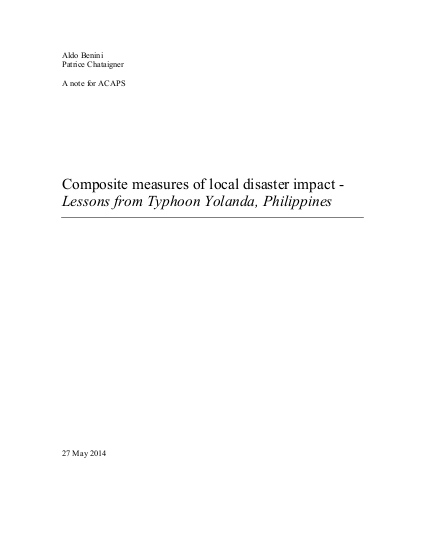
When disaster strikes, determining affected areas and populations with the greatest unmet needs is a key objective of rapid assessments. This note is concerned with the logic and scope for improvement in a particular tool, the so-called "prioritization matrix", that has increasingly been employed in such assessments. We compare, and expand on, some variants that sprang up in the same environment of a large natural disaster. The fixed context lets us attribute differences to the creativity of the users grappling with the intrinsic nature of the tool, rather than to fleeting local circumstances. Our recommendations may thus be translated more easily to future assessments elsewhere.
